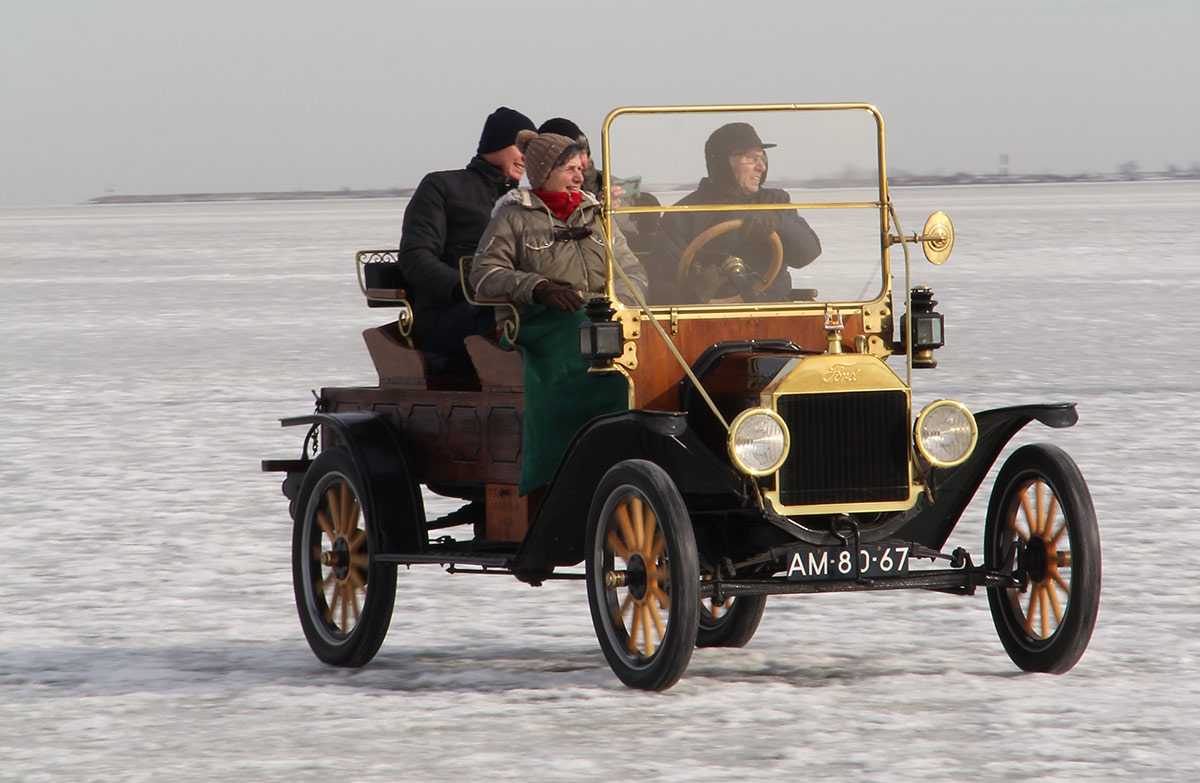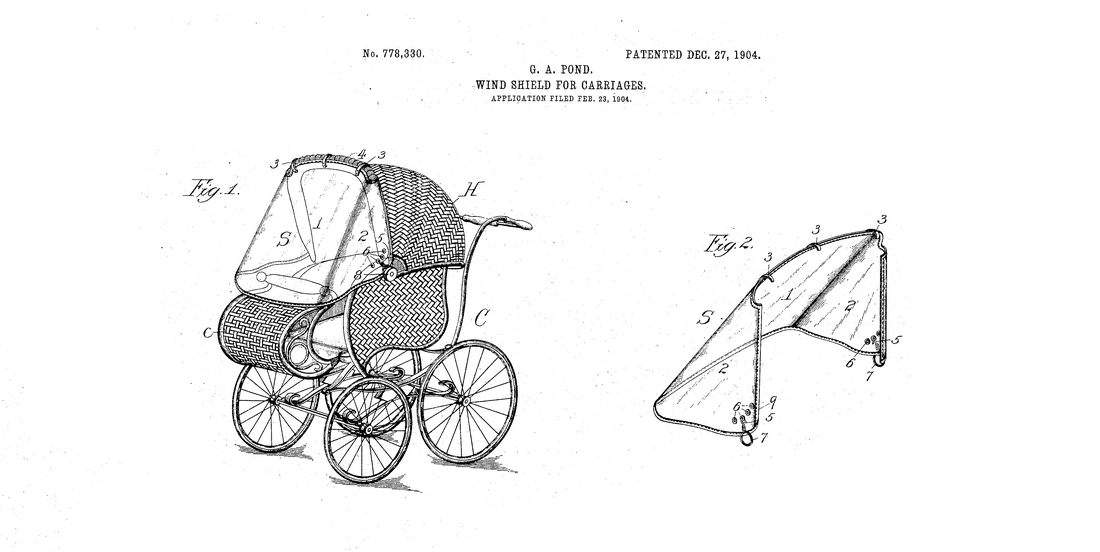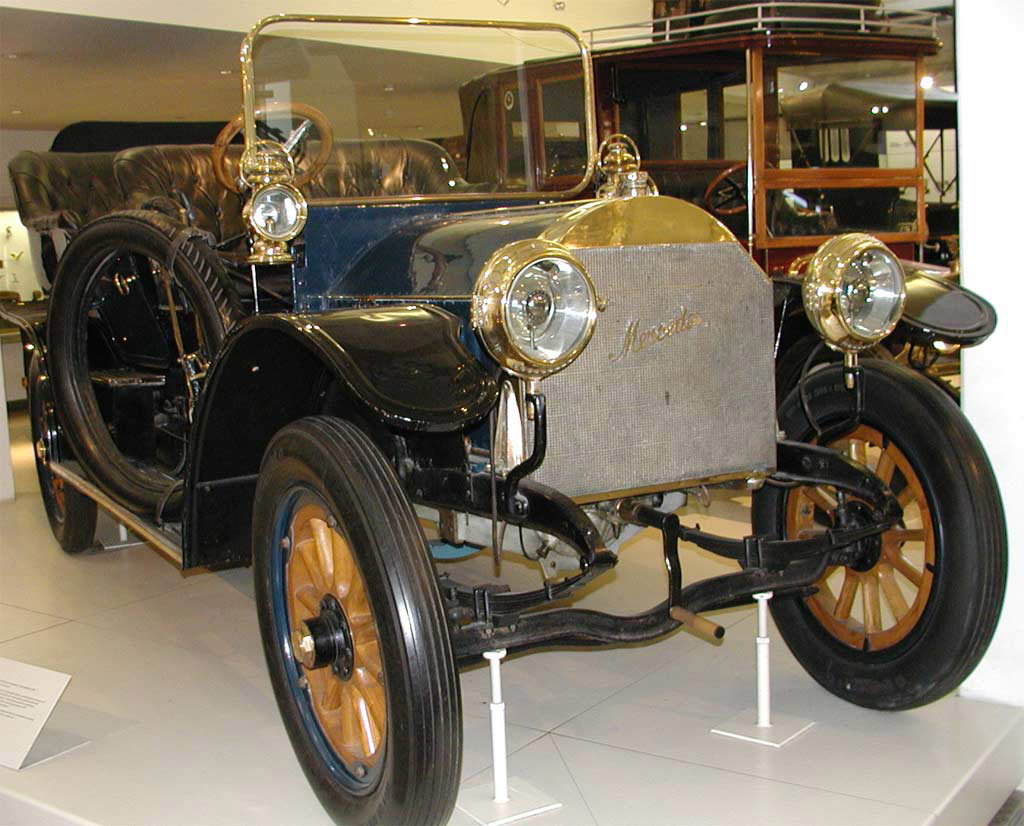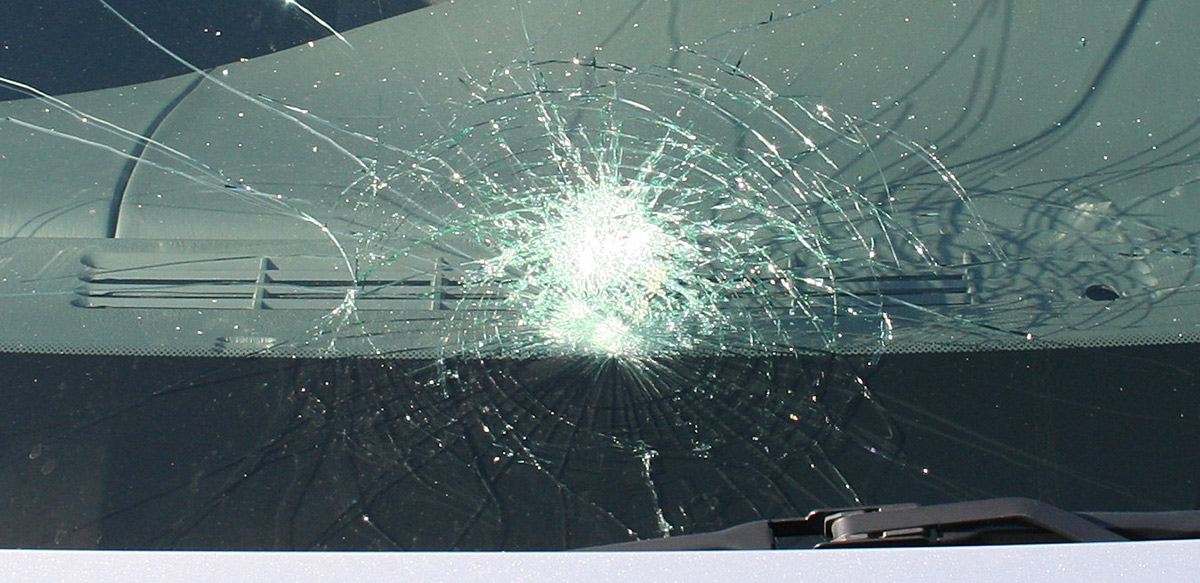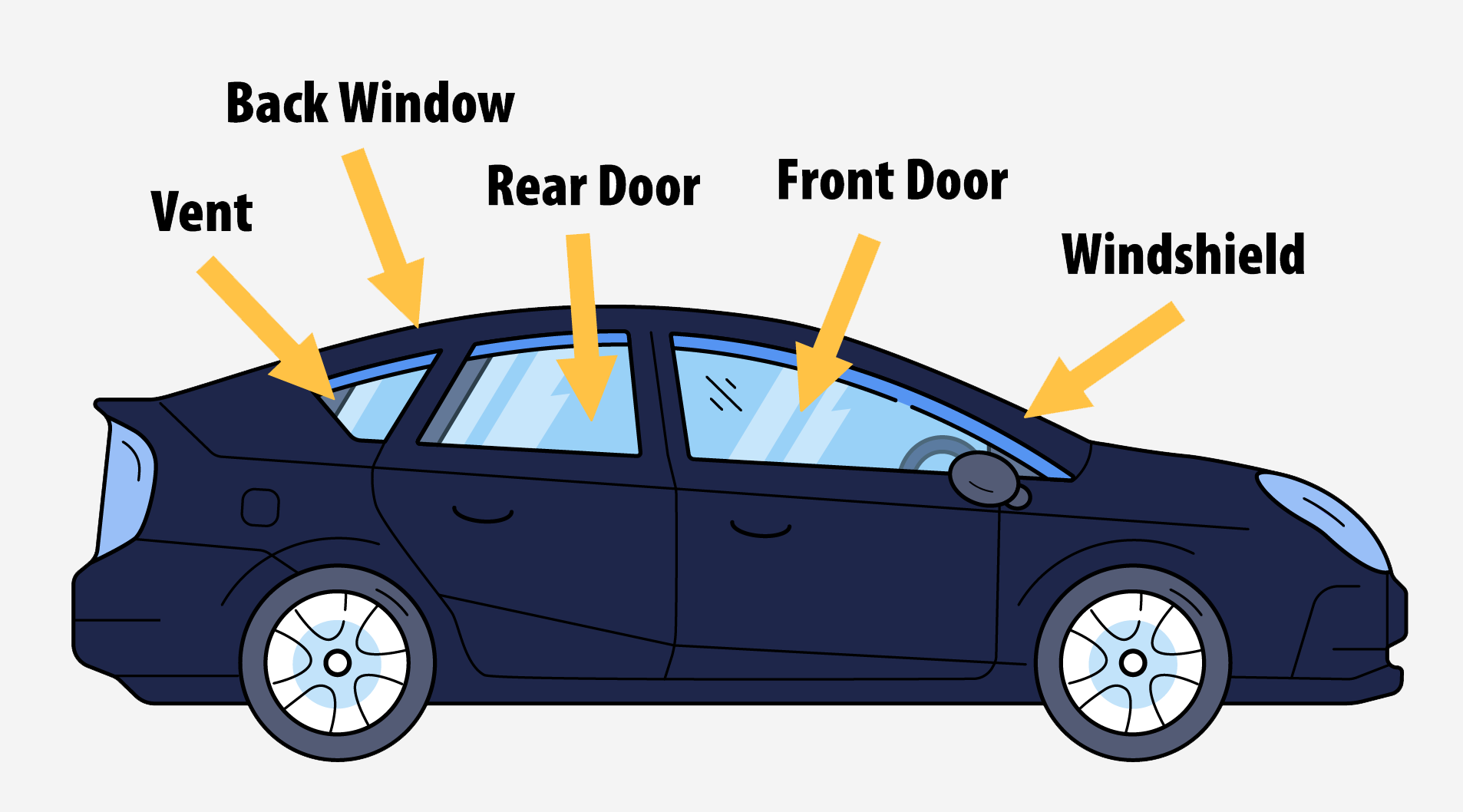The History of the Windshield
What was the first use of a windshield?
Can you guess?
Well, we’re thinking that the first use of a windshield wasn’t for an automobile or even a steam locomotive. The first windshield was probably used on a boat. With the advent of the paddle steamer ship, ships needed to have bridges so that the captain or helmsman could see over the paddle houses. Thus, an enclosed room for operating the ship became the norm, and so did forward-facing windows.
The importance of the bridge is it became obvious to many that any moving vehicle with windows that face forward has the benefit of keeping wind and the elements out of the eyes of the person operating the vehicle. Remember, old ships required the pilot / helmsman to be outdoors the entire time while steering the ship. An enclosed space was surely a welcomed addition!
So what year was this?
The time frame would have been during the first half of the 19th Century, around the same time that steam locomotives were appearing. So it’s really hard to say which vehicle can claim to be the first use of a windshield.
In 1904 Gilbert A. Pond patented a windshield for carriages (this is one of the earliest uses of the term wind-shield we could find).
The earliest known windshield was probably for a baby carriage of all things!
Automobile Windshields
The first production cars didn’t come with a windshield. This was because cars were originally thought of as “horseless carriages”. Automobile manufacturers simply added internal combustion engines to traditional carriages and a simple steering mechanism.
As the engine horsepower increased, so did the top speeds of early automobiles. After about 25 mph, wind becomes pretty bothersome for drivers and passengers.
The internet will tell you the first car windshield came out in 1904. However, the source for this information doesn’t seem too trustworthy. We checked both the European and U.S. patent websites to see what we could find.
- 1907 – Georges Huillier patented “a wind-shield” for vehicles.
- 1907 – Philip De Anguera Jr. patented a wind-shield that’s obviously for an automobile.
- 1909 – Édouard Bénédictus – Patent for Safety Glass.
We also found some photographic evidence to corroborate and give us a specific era to work with:
This Mercedes Simplex was either made between 1902 and 1909. We’re not sure if this windshield was installed at the factory during those years. Looks like it could have been..
Earliest Ford windshield we could find a photograph of: 1910 Ford Model T in Salt Lake City, Utah (Source)
Laminated Safety Glass
Broken Windshield “Spiderweb” Effect (Source)
As the 20th Century rolled on, it became increasingly apparent that there was a dire need to improve windshields. Having wind and gravel out of your eyes and face is a nice upgrade to one’s driving experience. However, when something a bit bigger hits your windshield with a decent amount of force, you now have glass shards in your eyes and face. When something like this happens, it might even be better to NOT have a windshield in front of you.
So what was the solution?
Answer: laminated safety glass.
The first laminated safety glass was simply windshield glass laminated with celluloid in 1909. Soon, other methods were employed such as putting a layer of polyvinyl butyral between two panes of glass. By 1930, the United Kingdom had made windshield safety glass mandatory in all automobiles.
The British firm, Pilkington invented the float glass method, which decreased the production cost to make glass. Pilkington ultimately became one of the world’s top suppliers of automotive glass.
21st-Century Advances in Windshield Technology
Windshield technology is advancing in the 21st Century. The latest technological advancement with automotive windshields is called ADAS, or Advanced Driver-Assistance System. Here’s a quick video that explains ADAS and windshield calibration:
Newer automobiles have forward collision and lane departure features to help keep driving a bit more safe. Forward collision uses a camera installed on the windshield (or rearview mirror) to detect if a collision with a vehicle in front of you is about to occur. Most forward collision systems will simply sound and display an alarm. Some cars will automatically brake for you.
Similarly, newer automobiles will have a lane departure feature that can detect if a vehicle wanders outside of a lane, then the system will alert the driver. Some vehicles will automatically steer back into the lane.
It’s very important that if you ever get a new windshield, you have your forward collision system calibrated.
Finally Some Windshield Trivia: Windscreen & Aero Screens
In other parts of the world – outside of the United States of America, people refer to windshields as “windscreens” and “aero screens”.

